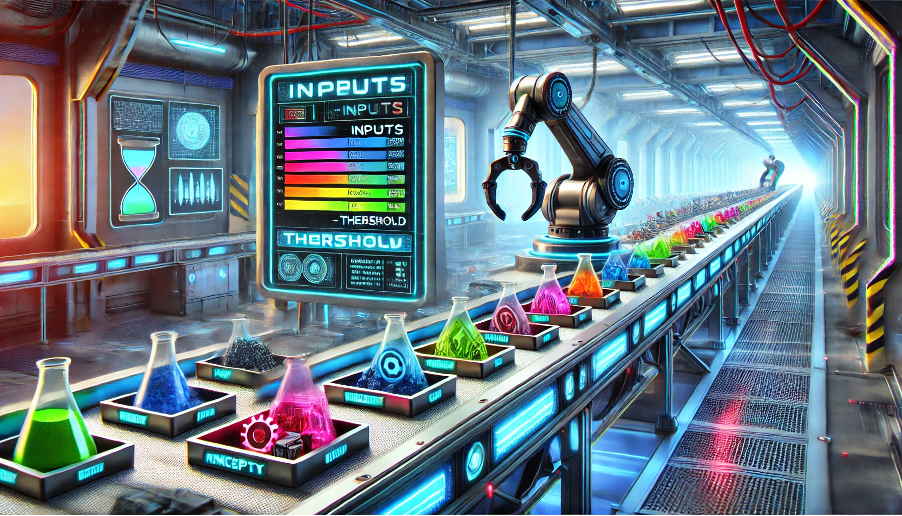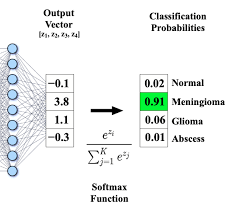A Brief History: Who Developed It?
Imagine a key that unlocks the door to modern machine learning. That key is the perceptron, introduced in 1958 by Frank Rosenblatt, a psychologist and computer scientist. Inspired by the workings of biological neurons, Rosenblatt envisioned the perceptron as one of the first models capable of recognizing patterns—a cornerstone for what we now call artificial intelligence.
What Is It?
Picture the perceptron as a factory conveyor belt sorting items. The conveyor brings in inputs (data), and a robotic arm (the perceptron) evaluates each item. It uses weighted measures (criteria of importance) and a pre-defined threshold (acceptance criteria) to decide whether to place an item into one of two bins (outputs). This simple yet effective process forms the foundation for more complex neural networks and machine learning systems.

Why Is It Used? What Challenges Are Being Addressed?
The perceptron’s metaphorical sorting mechanism addresses some fundamental challenges in machine learning:
-
- Binary Classification: Like sorting apples from oranges, it classifies data into two distinct groups.
-
- Pattern Recognition: Identifies hidden trends and relationships in the dataset.
-
- Automation: Enables systems to make swift, logic-based decisions without human intervention.
The perceptron’s simplicity paved the way for the development of neural networks, making it an enduring tool in machine learning.
How Is It Used?
The perceptron’s conveyor belt process involves the following steps:
-
- Inputs (numerical values) are placed on the belt.
-
- The robotic arm assigns weights to each input, determining their significance.
-
- A weighted sum is calculated.
-
- If the sum exceeds the threshold, the item is sorted into one bin (output: 1); otherwise, it goes into the other bin (output: 0).
This efficient workflow makes the perceptron ideal for binary classification tasks, such as spam email detection or defect identification in manufacturing.
Different Types
-
- Single-Layer Perceptron: Think of it as a basic sorting machine for simple, linearly separable data.
-
- Multilayer Perceptron (MLP): A more advanced system with additional layers, capable of tackling complex, non-linear sorting tasks.
Different Features
The perceptron’s “toolbox” includes:
-
- Weights: Adjustable levers that fine-tune performance during training.
-
- Threshold Value: The decision boundary for sorting items.
-
- Binary Output: The final yes/no verdict for each input.
Different Software and Tools
Building a perceptron is like setting up a conveyor system, and these tools act as your construction kit:
-
- TensorFlow: A robust framework for developing scalable neural networks.
-
- PyTorch: Known for its flexibility and experimentation capabilities.
-
- Keras: Provides a user-friendly interface for beginners.
-
- Scikit-learn: Features built-in functions for perceptron applications.
Industry Application Examples in Australian Governmental Agencies
-
- Healthcare Analytics: Think of a hospital conveyor belt sorting patients by risk level. The perceptron helps classify patients for early intervention and resource planning.
-
- Traffic Systems: In urban areas, it sorts congestion data, identifying peak-hour patterns to guide traffic solutions.
-
- Environmental Monitoring: Acts as a decision engine, categorizing regions for conservation based on ecological priorities.
How interested are you in uncovering even more about this topic? Our next article dives deeper into [insert next topic], unravelling insights you won’t want to miss. Stay curious and take the next step with us!








